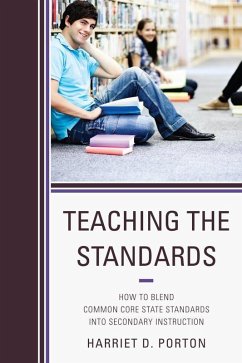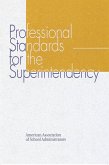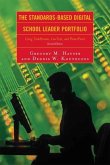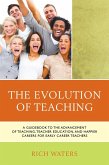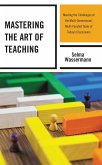With the upcoming implementation of CCSS in E/LA and mathematics in 2014, and the expected implementation in science, history/social studies, and technical subjects, educators need a grounded, specific text on how to scaffold students from where they are to where they need to be according to the Common Core State Standards. The CCSS assume that students already have more skills, prior knowledge, and motivation than may be real. Therefore, teachers and administrators require some assistance for helping all students reach the rigorous demands of CCSS. This text provides specific, successful strategies that are targeted for each of the secondary content areas. This text is designed to help all educators translate the CCSS so that it can become a guiding force, not a stumbling block.
Bitte wählen Sie Ihr Anliegen aus.
Rechnungen
Retourenschein anfordern
Bestellstatus
Storno

